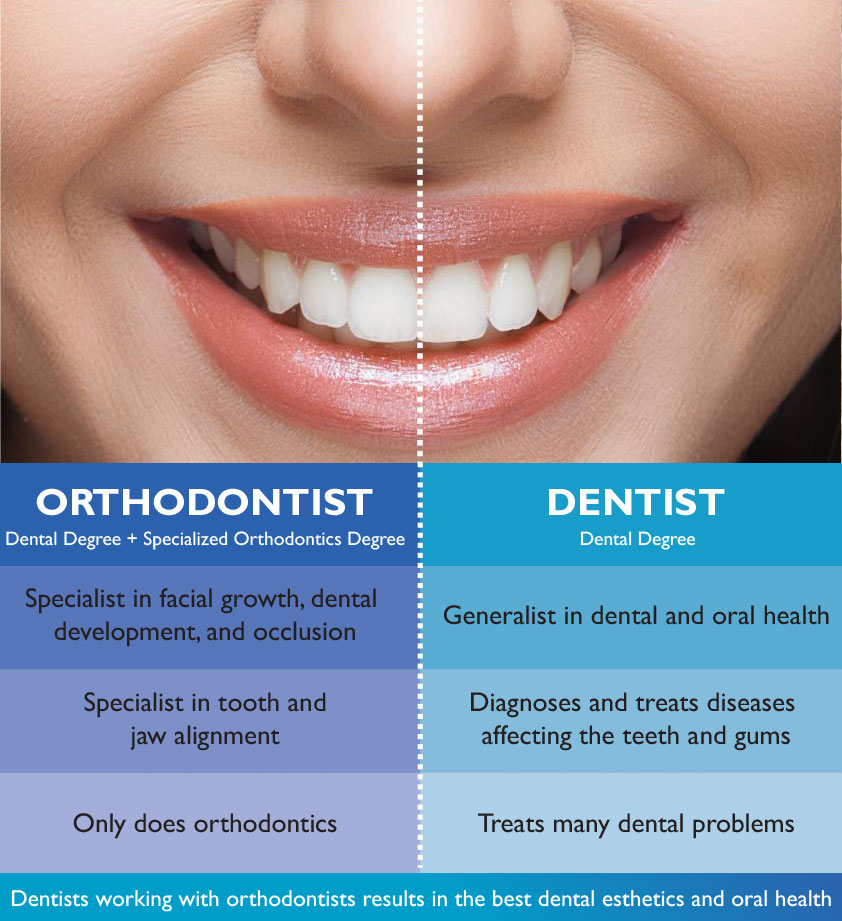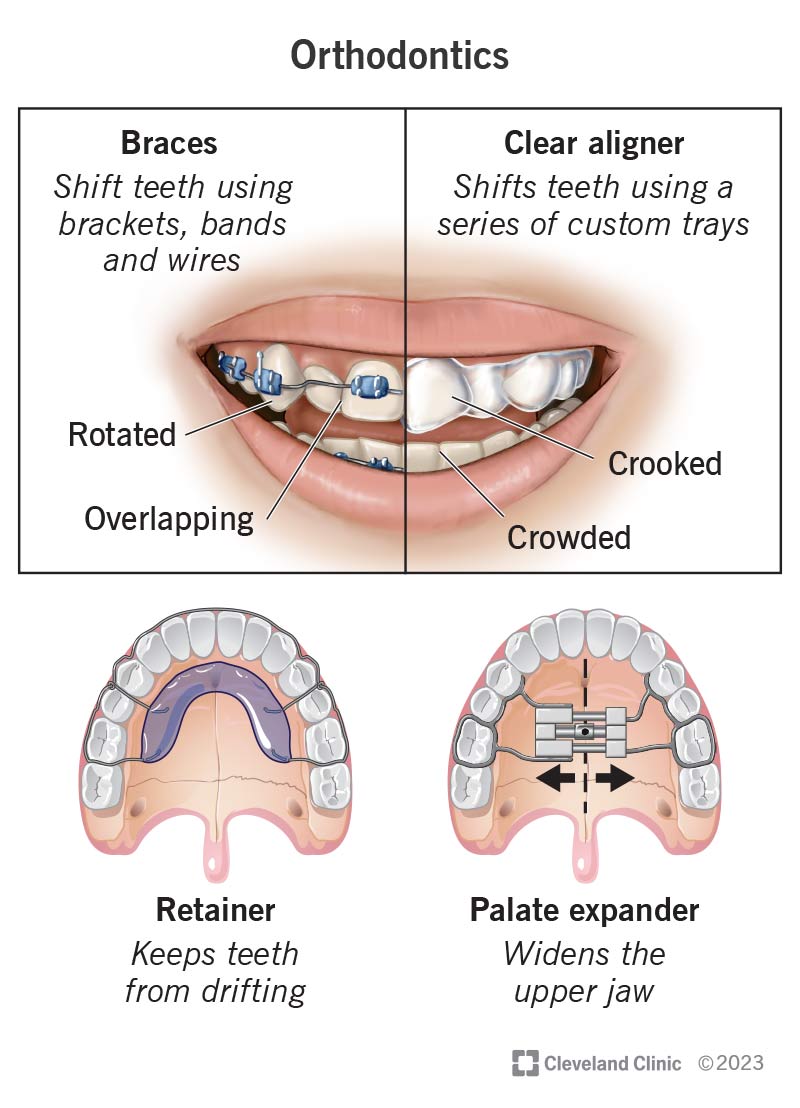The Basic Principles Of Causey Orthodontics
Table of ContentsFascination About Causey Orthodontics9 Simple Techniques For Causey OrthodonticsSome Known Facts About Causey Orthodontics.Unknown Facts About Causey OrthodonticsNot known Facts About Causey Orthodontics
Neglecting occlusal connections, it was normal to eliminate teeth for a range of oral concerns, such as malalignment or overcrowding. The principle of an undamaged dentition was not widely valued in those days, making bite relationships seem unimportant. In the late 1800s, the concept of occlusion was crucial for producing trustworthy prosthetic replacement teeth.As these principles of prosthetic occlusion advanced, it became an indispensable tool for dental care. It remained in 1890 that the work and impact of Dr. Edwards H. Angle started to be felt, with his contribution to modern-day orthodontics especially notable. At first concentrated on prosthodontics, he showed in Pennsylvania and Minnesota before routing his focus towards oral occlusion and the treatments required to maintain it as a normal problem, thus ending up being known as the "dad of modern orthodontics".

The idea of suitable occlusion, as proposed by Angle and integrated into a classification system, made it possible for a change towards treating malocclusion, which is any type of variance from typical occlusion. Having a full set of teeth on both arcs was very searched for in orthodontic therapy as a result of the demand for exact partnerships in between them.
Some Known Factual Statements About Causey Orthodontics
As occlusion came to be the key top priority, facial proportions and aesthetics were neglected - affordable orthodontist near me. To attain suitable occlusals without using exterior forces, Angle proposed that having excellent occlusion was the finest way to get optimal facial aesthetics. With the passing of time, it became rather obvious that even a phenomenal occlusion was not suitable when thought about from a visual factor of view
Charles Tweed in America and Raymond Begg in Australia (who both studied under Angle) re-introduced dentistry extraction into orthodontics during the 1940s and 1950s so they can improve facial esthetics while additionally guaranteeing far better security concerning occlusal connections. In the postwar duration, cephalometric radiography begun to be made use of by orthodontists for gauging changes in tooth and jaw position caused by development and therapy. It came to be noticeable that orthodontic treatment can readjust mandibular growth, leading to the development of useful jaw orthopedics in Europe and extraoral force measures in the United States. These days, both functional devices and extraoral tools are used around the world with the purpose of amending development patterns and forms. As a result, going after true, or a minimum of improved, jaw connections had actually become the main purpose of therapy by the mid-20th century.
See This Report on Causey Orthodontics
 Up until the mid-1970s, braces were made by wrapping steel around each tooth. https://knowyourmeme.com/users/causey-orthodontics--2., it ended up being feasible to instead bond steel brackets to the teeth.
Up until the mid-1970s, braces were made by wrapping steel around each tooth. https://knowyourmeme.com/users/causey-orthodontics--2., it ended up being feasible to instead bond steel brackets to the teeth.Andrews provided an informative interpretation of the excellent occlusion in permanent teeth. This has had significant results on orthodontic treatments that are provided on a regular basis, and these are: 1. Correct interarchal connections 2. Proper crown angulation (idea) 3. Correct crown inclination (torque) 4. No rotations 5. Limited call factors 6. Flat Contour of Spee (0.02.5 mm), and based upon these concepts, he uncovered a therapy system called the straight-wire home appliance system, or the pre-adjusted edgewise system.
The advantage of the design depends on its bracket and archwire combination, which requires just marginal wire bending from the orthodontist or medical professional (best orthodontist near me). It's aptly named after this feature: the angle of the port and density of the brace base inevitably establish where each tooth is situated with little need for additional adjustment
The Basic Principles Of Causey Orthodontics
Both of these systems utilized similar brackets for every tooth and necessitated the bending of an archwire in 3 airplanes for situating teeth in their preferred positions, with these bends determining ultimate positionings. When it comes to orthodontic devices, they are divided right into two kinds: removable and dealt with. Removable appliances can be tackled and off by the client as required.

Thus, nearly all modern-day fixed appliances can be considered variants on this edgewise home appliance system. Early 20th-century orthodontist Edward Angle made a significant contribution to the globe of dental care. He produced four distinctive device systems that have been used as the basis for many orthodontic therapies today, disallowing a few exceptions.
Not known Factual Statements About Causey Orthodontics

The cord finished in a thread, and to relocate forward, a flexible nut was made use of, which permitted a rise in circumference. By ligation, each individual tooth was attached to this expansive archwire (affordable orthodontist near me). Because of its restricted series of movement, Angle was incapable to achieve accurate tooth positioning with an E-arch
These tubes held a soldered pin, which can be repositioned at each visit in order to relocate them in location. Dubbed the "bone-growing appliance", this device was supposed to motivate much healthier bone growth due to its capacity for moving force straight to the roots. Nonetheless, executing it confirmed bothersome actually.